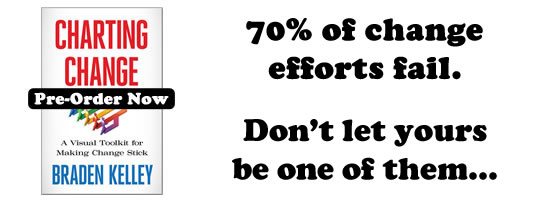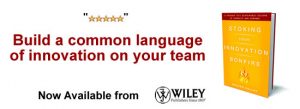Why Limit Yourself?
 When consulting with clients in this Memphis area, we often have to deliver the bad news first. This bitter pill usually comes in the form of a Sunset Analysis that details when the client’s once market-leading products will be costing more to keep in production than generating revenue.
When consulting with clients in this Memphis area, we often have to deliver the bad news first. This bitter pill usually comes in the form of a Sunset Analysis that details when the client’s once market-leading products will be costing more to keep in production than generating revenue.
Outside of the region, we do not see this problem as widespread. There is a sin of hope being applied here again and again, as if one day history will revert and a company’s flagship product will suddenly regain the sales and stature it once had when it was relevant, innovative, and competition was limited. This type of thinking depresses the region and drains your company of its ability to thrive.
Moreover, when a company sees the statistically modeled point at which they start burning cash it is a telling moment. Either they accept the facts or they don’t. Most often they enter a four-phase process of accepting death and decline. They try and argue, make excuses, and then realize that they must change or die.
The change itself serves as a mirror of the organization’s psyche. Too often a company facing a sunset of a major product line will force a me-too product in the market because it seems like easy pickings. There is already proven demand for the product line and we have a product line that makes sense to add this one to it, thanks to distribution. This knee-jerk approach floods the market with junk and makes a market segment into a commodity war.
A few, brave companies take such news as a personal challenge to reinvent themselves, their product lines, and the market they serve. These rare birds dare to fly higher, take calculated risks, expect some experimentation in the process, and don’t rush into playing copycat.
Instead of noticing what they can steal and adapt from the completion, they notice the gaps in the market that competitors do not offer. They notice trends in adjacent industries. They work with consumers to figure out the unmet need that may create a transformational opportunity in the market that will propel their growth.
We all get feedback every day. What separates winners from losers is their ability to creatively respond to every point of feedback and the ability to see opportunity instead of fear. The mindset of an organization makes all the difference.
The question is: why limit yourself? There are several mid-market companies in the region who define themselves as manufacturers. In reality, they are branded product companies. If they choose they could compete with global companies such as L’Oreal, Proctor & Gamble, and others. Instead, they choose to make passable products and place them on low-end store shelves even though they are losing market share rapidly.
How are you going to respond? We say let’s grow.
Wait! Before you go.
Choose how you want the latest innovation content delivered to you:
- Daily — RSS Feed — Email — Twitter — Facebook — Linkedin Today
- Weekly — Email Newsletter — Free Magazine — Linkedin Group
 Michael Graber is the cofounder and managing partner at Southern Growth Studio, a Memphis, Tennessee-based firm that specializes in growth strategy and innovation. A published poet and musician, Graber is the creative force that complements the analytical side of the house. He speaks and publishes frequently on best practices in design thinking, business strategy, and innovation and earned an MFA from the University of Memphis. Follow Michael @SouthernGrowth
Michael Graber is the cofounder and managing partner at Southern Growth Studio, a Memphis, Tennessee-based firm that specializes in growth strategy and innovation. A published poet and musician, Graber is the creative force that complements the analytical side of the house. He speaks and publishes frequently on best practices in design thinking, business strategy, and innovation and earned an MFA from the University of Memphis. Follow Michael @SouthernGrowth
NEVER MISS ANOTHER NEWSLETTER!
LATEST BLOGS
Starbucks and Big Tobacco
Back in the 1950’s smoking was glamorous, and just about everybody who was anybody smoked cigarettes. Then came the discovery, to the shock of millions, that sucking smoke into your lungs might not be good for you. Then came another revelation that one of the substances in tobacco, nicotine, which was used as a poison by the Egyptians during the times of the Great Pyramids, is addictive. People then began a mass exodus from the consumption of nicotine via inhaled smoke.
Read MoreWal-Mart Goes Green – What about your company?
With the price of gas above $3.00, some companies (and hopefully all) are beginning to look at the fuel efficiency of their fleets. Wal-Mart is the most public example of this with its trucking fleet. Its efforts include:
Read More



